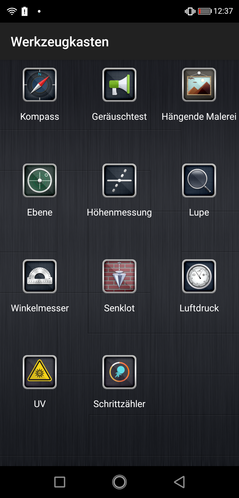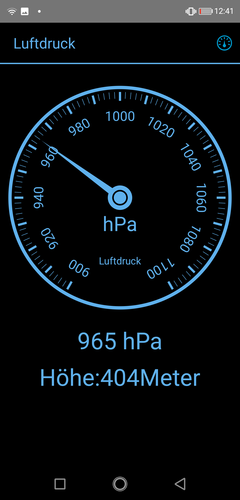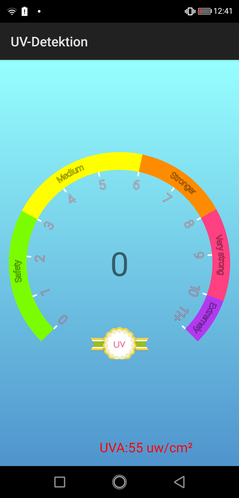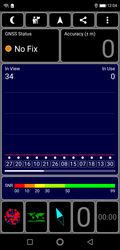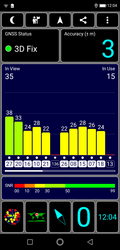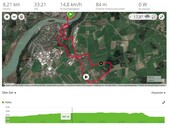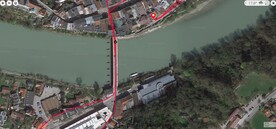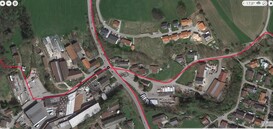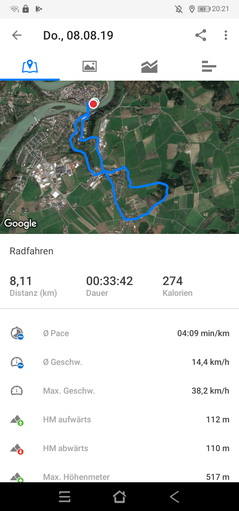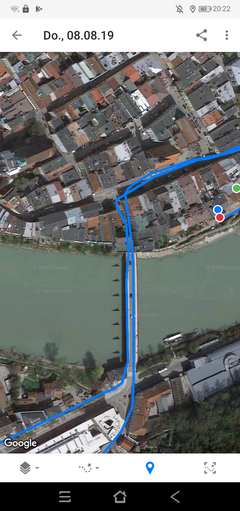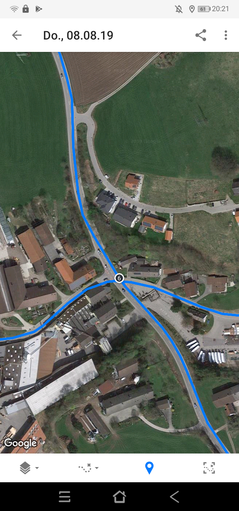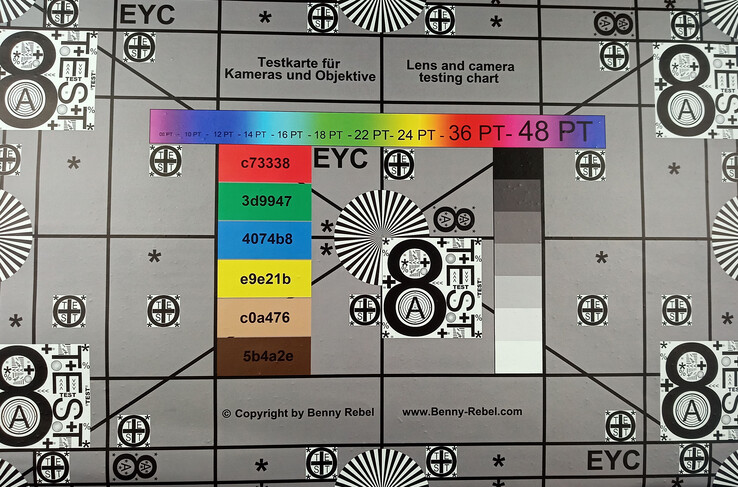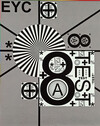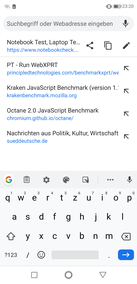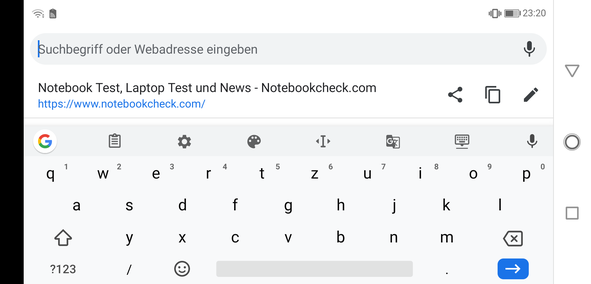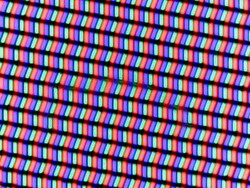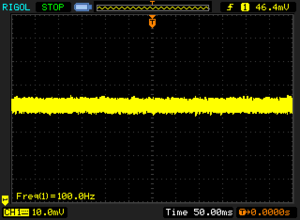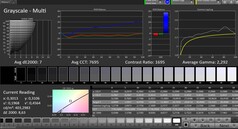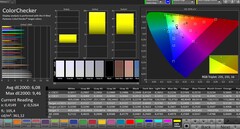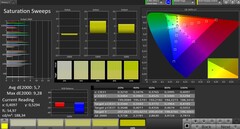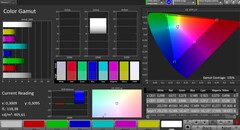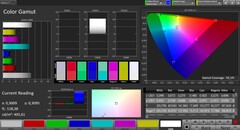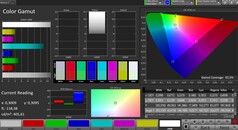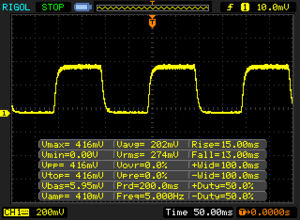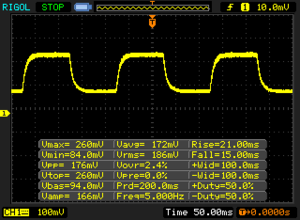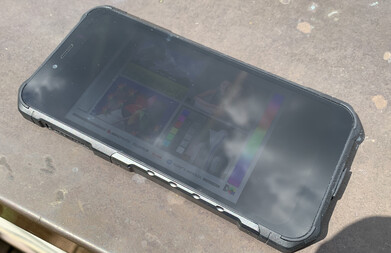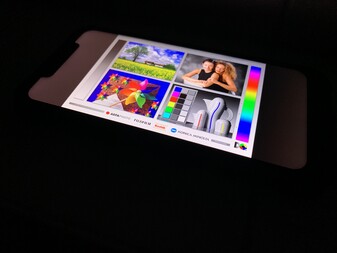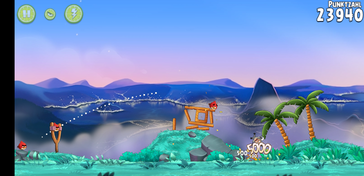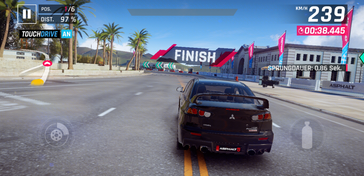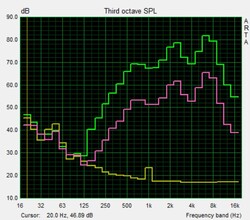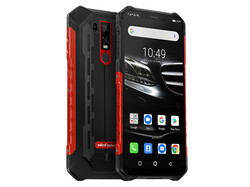Ulefone Armor 6E Smartphone Review – Outdoor Phone with Bargain Potential
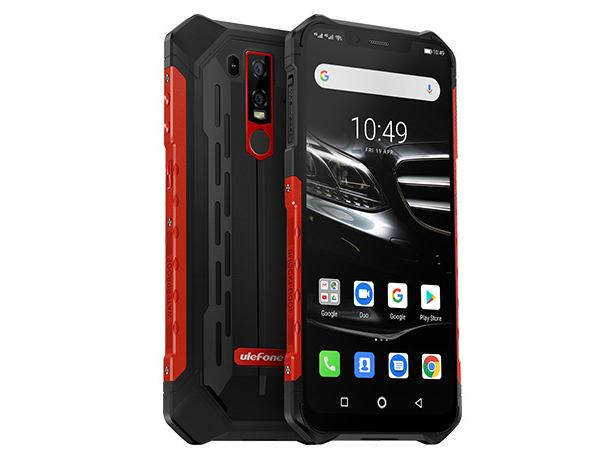
When we initially reviewed the Ulefone Armor 6, we decided that while it was a good outdoor smartphone, the price was slightly too high. With the Ulefone Armor 6E, the manufacturer now offers a device that addresses this criticism directly: Far cheaper than the Ulefone Armor 6 but with the same case and even a more modern SoC, the MediaTek Helio P70.
It is going to be exciting to see whether the Armor 6E hits a sweet spot with the perfect blend of performance, features, usability and price. The device can be purchased for 260 Euros (~$288) currently, which is a price for which other outdoor devices such as the Samsung Galaxy XCover 4s, RugGear RG655, Cubot King Kong 3 or even a Motorola Moto G7, if outdoor features are not a priority, are available as well.
Case – Robust Outdoor Phone
The case is identical to the Armor 6. The used materials match our expectations regarding an outdoor smartphone, at least in this price class: A case made of plastic with a rubberized back, glass on the front and metal reinforcements on the edges for added stability. The case is available in black with either gray or red metal elements.
The smartphone is bulky and the weight, while high at 268 grams (~0.59 lbs), is still lower than that of the smaller Cubot King Kong 3. Since the screen is not very well protected due to being almost level with the outer frame, the included screen protector has its work cut out for itself.
While protection against the elements was already rather impressive on the Ulefone Armor 6, at least on paper, the Armor 6E raises the bar even further, since with the IP-69K norm, it should now withstand a water jet from a pressure washer. Furthermore, there is continued protection against dust and water, and according to the manufacturer the device passed the MIL-STD-810G tests. However, since the exact tests for the certification are chosen by the manufacturer, we have to take a closer look: Ulefone, for example, throws its smartphone in an acid bath with a pH value of 4.17 for two hours, subjects it to direct sunlight for 20 hours with temperatures of up to 50 °C (122 °F) and leaves it on for four hours while under a negative pressure of 57 kPa. According to the manufacturer, the device withstood all of this, making it well-prepared for difficult conditions in day-to-day use.
Connectivity – Less Storage Space
With 64 GB of storage space and 4 GB of RAM, our test device is equipped less well than its more expensive relative, although compared to other smartphones in its price category, the specifications are still decent. The device either supports two SIM cards or one SIM and one microSD card.
Similar to most outdoor smartphones, the features have been expanded with sensors that aside from the standard compass and ambient light sensor for the screen also include a UV sensor and a barometer. These sensors can be used directly with the help of various preinstalled tools.
The USB type-C port on the bottom edge is used to transfer data, charge the device and output audio; a 3.5 mm jack is unfortunately not available. For an outdoor smartphone, the decision to include as few ports as possible makes sense, since they are potential entry points for water or dust.
Software – Outdated Security
Ulefone relies on a relatively pure Android 9 with security patches that, at the time of testing, date back to February 5, 2019 and are thus outdated.
The manufacturer includes a lot of its own apps such as the toolbox, which not only offers a level but also apps for measuring UV and determining the altitude through atmospheric pressure. The apps work well and contain some clever ways to, for example, determine the height of an object. Similar to other apps from the manufacturer however, they are not always translated properly: This ranges from hard-to-understand instructions to English terms in the settings (for German-language devices).
Those who like to watch content from Netflix or other streaming services on their smartphone cannot do so in HD, since the Ulefone Armor 6E lacks the required DRM certification.
Communication and GPS – Slow Wi-Fi 5
While our test device does support Wi-Fi 5, it is unable to compete with the speeds of the Ulefone Armor 6. The RugGear RG655 and Galaxy XCover 4s also reach significantly faster data transfer rates through Wi-Fi. When we measured the throughput using our reference router Linksys EA8500, our test device's results were much closer to the Cubot King Kong 3.
The smartphone supports plenty of LTE frequencies and in fact even a few more than the Ulefone Armor 6. Both smartphones are well-suited to frequent travelers: You should be able to connect to LTE networks in the vast majority of countries. Reception in the German D2 network was solid, the signal strength of the LTE network still remained at no less than one quarter indoors and webpages were loaded relatively quickly.
Our real-world test, a bike ride with our test device and the reference navi Garmin Edge 520, reveals the Ulefone's rather good precision when it comes to recording the traversed route. Looking past small deviations, we can definitely recommend the device for navigation purposes.
Note: Since Runtastic has surprisingly discontinued its web services, we are unfortunately unable to produce standardized screenshots in this test.
Telephony and Call Quality – Good Earpiece
Google's stock app is relied upon for telephony. According to the manufacturer, there is VoLTE support.
The call quality with the integrated earpiece is very good, there are no distortions, and our conversational partner even sounds quite present. Our voice is captured fairly well, and only very quiet voices do not make their way to the other party. In contrast, the speaker sounds rather thin and the microphone has a harder time recording our voice if we do not talk loudly in this scenario.
Cameras – Armor 6E with Decent Image Quality
Although compared to the Ulefone Armor 6 the manufacturer has cut a few corners in terms of the cameras, the ramifications are far from extreme: The Ulefone Armor 6E keeps the 16-megapixel camera on the back, and only the interpolation to 21 megapixels has been omitted on the cheaper model and the resolution of the secondary camera, which only comes into play for bokeh effects, has been reduced to 2 megapixels. This dramatically reduces the quality of the effect and we suspect the 2-megapixel lens to be an alibi that allows the manufacturer to list dual-camera in the specs.
We were happy with the dynamic range and details of the Armor 6's main camera relative to its price category and the Armor 6E does well here, too. Colors appear very saturated, which is a matter of personal preference, while bright areas are prone to bloom. Although image detail levels of a high-end smartphone camera are out of reach, the representation is still good for a mid-range device. That said, sharpness quickly disappears in low-light situations and the brightening leaves something to be desired as well.
Videos can be recorded with a maximum resolution of 1080p at 30 FPS, the quality is acceptable, and the transitions between areas with varying brightness levels are handled well by the device; however, distinct steps are perceivable. Lower brightness quickly introduces noticeable image noise.
The front camera has a resolution of 8 megapixels and takes decent pictures relative to the price class.
We take a closer look at the main camera in our test lab and take pictures under controlled lighting conditions. The test model shows good sharpness levels, although larger areas filled with colors are not captured properly. Colors are generally displayed too faintly.
Accessories and Warranty – Lots of Accessories
Ulefone includes a lot of accessories. Apart from a quick charger, a USB cable and a SIM needle for opening the SIM tray, there is a screen protector for the display and two adapters: The first one allows for connecting external USB devices via USB-OTG and the second one enables users to connect 3.5 mm audio devices to the USB type-C port. Although Ulefone offers a wireless charging dock separately, it is currently not available.
As for warranty, Ulefone offers a 12-month warranty, although you should make sure to choose a reliable reseller in order to avoid having to go directly through China for warranty claims.
Input Devices & Handling – Snappy Fingerprint Sensor
Ulefone has included numerous possibilities when it comes to input: There are gestures, a one-handed mode and the option to control the camera exclusively with the hardware side buttons for underwater use. However, we did miss an increased touchscreen sensitivity, which would have allowed users to use the touchscreen with gloves, for example.
Using the touchscreen is very reliable, but the tiniest amount of lag can be noticed. Google's Gboard serves as the keyboard app.
The fingerprint sensor on the back is very reliable and unlocks the screen after a short delay. Unlocking the phone with facial data is possible as well.
Display – Way too Dim
On the Ulefone Armor 6, we already complained about the display, which was way too dim for an outdoor phone - the Armor 6E shows that it is possible to go even lower. Although the Armor 6E does contain an ambient light sensor, unlike, for example, on many Samsung smartphones it does not increase the display's brightness further even in very bright environments. Thus, the maximum brightness is only 366 cd/m², which is insufficient for bright environments.
At 91%, illumination is at least fairly even.
| |||||||||||||||||||||||||
Brightness Distribution: 91 %
Center on Battery: 357 cd/m²
Contrast: 1488:1 (Black: 0.24 cd/m²)
ΔE Color 6.08 | 0.5-29.43 Ø5
ΔE Greyscale 7 | 0.57-98 Ø5.3
135% sRGB (Calman 2D)
Gamma: 2.292
| Ulefone Armor 6E IPS, 2246x1080, 6.20 | RugGear RG655 IPS, 1440x720, 5.50 | Motorola Moto G7 IPS, 2270x1080, 6.20 | Cubot King Kong 3 IPS, 1440x720, 5.50 | Samsung Galaxy XCover 4s IPS (PLS), 1280x720, 5.00 | Ulefone Armor 6 IPS LCD, 2246x1080, 6.20 | |
|---|---|---|---|---|---|---|
| Screen | -19% | -3% | -4% | -10% | 25% | |
| Brightness middle | 357 | 593 66% | 471 32% | 365 2% | 525 47% | 418 17% |
| Brightness | 352 | 579 64% | 453 29% | 379 8% | 513 46% | 413 17% |
| Brightness Distribution | 91 | 88 -3% | 94 3% | 82 -10% | 90 -1% | 91 0% |
| Black Level * | 0.24 | 0.46 -92% | 0.5 -108% | 0.14 42% | 0.52 -117% | 0.2 17% |
| Contrast | 1488 | 1289 -13% | 942 -37% | 2607 75% | 1010 -32% | 2090 40% |
| Colorchecker dE 2000 * | 6.08 | 8.9 -46% | 5.5 10% | 8.03 -32% | 6 1% | 4.5 26% |
| Colorchecker dE 2000 max. * | 9.46 | 19.5 -106% | 7.95 16% | 16.34 -73% | 10.9 -15% | 6.8 28% |
| Greyscale dE 2000 * | 7 | 8.5 -21% | 5 29% | 10.3 -47% | 7.8 -11% | 3.3 53% |
| Gamma | 2.292 96% | 2.89 76% | 2.326 95% | 2.197 100% | 2.53 87% | 2.24 98% |
| CCT | 7695 84% | 7488 87% | 7654 85% | 9941 65% | 8605 76% | 7205 90% |
* ... smaller is better
Screen Flickering / PWM (Pulse-Width Modulation)
| Screen flickering / PWM detected | 100 Hz | ≤ 15 % brightness setting | |
The display backlight flickers at 100 Hz (worst case, e.g., utilizing PWM) Flickering detected at a brightness setting of 15 % and below. There should be no flickering or PWM above this brightness setting. The frequency of 100 Hz is very low, so the flickering may cause eyestrain and headaches after extended use. In comparison: 53 % of all tested devices do not use PWM to dim the display. If PWM was detected, an average of 17900 (minimum: 5 - maximum: 3846000) Hz was measured. | |||
The black value, on the other hand, is excellent: Black areas shine with just 0.24 cd/m² and thus indeed appear very dark. While this also boosts the contrast ratio to a decent 1,488:1, the Cubot King Kong 3, which also does not come with the brightest display, handily beats our test device in this category.
Furthermore, our spectrophotometer and CalMAN software reveal a distinct blue tint. Deviations in terms of color stay within reason, and we are used to much worse values from devices such as the RugGear RG655. That being said, the Armor 6 fares even better here as well.
At brightness levels of below 15%, the display exhibits significant PWM flickering, which is why users who are sensitive to it should take a look at the phone before a purchase.
Display Response Times
| ↔ Response Time Black to White | ||
|---|---|---|
| 28 ms ... rise ↗ and fall ↘ combined | ↗ 15 ms rise | |
| ↘ 13 ms fall | ||
| The screen shows relatively slow response rates in our tests and may be too slow for gamers. In comparison, all tested devices range from 0.1 (minimum) to 240 (maximum) ms. » 67 % of all devices are better. This means that the measured response time is worse than the average of all tested devices (21.5 ms). | ||
| ↔ Response Time 50% Grey to 80% Grey | ||
| 36 ms ... rise ↗ and fall ↘ combined | ↗ 21 ms rise | |
| ↘ 15 ms fall | ||
| The screen shows slow response rates in our tests and will be unsatisfactory for gamers. In comparison, all tested devices range from 0.2 (minimum) to 636 (maximum) ms. » 44 % of all devices are better. This means that the measured response time is similar to the average of all tested devices (33.7 ms). | ||
We would have liked to see more in terms of brightness for outdoor use, but even with the ambient light sensor, it is limited. Due to this, the device is suitable for cloudy days, while truly bright environments render the screen content indiscernible.
When viewing the display from extreme angles from the side, colors skew towards red, but the image remains very visible.
Performance – Slightly more Power
With the MediaTek Helio P70, the Ulefone Armor 6E implements a more modern SoC than the Armor 6 with its Helio P60. However, the performance difference is marginal and negligible in practice. The smaller RAM likely also contributes to the results, which is why the SoCs themselves should be very even in terms of performance.
At the same time, this is a lot of performance for the Ulefone Armor 6E relative to its price, since other devices in its price class are often slower.
| AnTuTu v7 - Total Score (sort by value) | |
| Ulefone Armor 6E | |
| RugGear RG655 | |
| Motorola Moto G7 | |
| Cubot King Kong 3 | |
| Samsung Galaxy XCover 4s | |
| Ulefone Armor 6 | |
| Average Mediatek Helio P70 (130058 - 148726, n=5) | |
The test device does very well in our browser benchmarks and barely any device is able to compete. Users who browse the web will find that webpages load very quickly and images appear after only a short delay when scrolling.
| Jetstream 2 - Total Score | |
| Average of class Smartphone (13.8 - 351, n=173, last 2 years) | |
| Ulefone Armor 6E (Chrome 76) | |
| Average Mediatek Helio P70 (21.2 - 27.4, n=4) | |
| Samsung Galaxy XCover 4s (Chrome 75) | |
| Cubot King Kong 3 | |
| WebXPRT 3 - Overall | |
| Average of class Smartphone (39 - 304, n=122, last 2 years) | |
| Motorola Moto G7 (Chrome 71) | |
| Ulefone Armor 6E (Chrome 76) | |
| Samsung Galaxy XCover 4s | |
| Average Mediatek Helio P70 (35 - 55, n=8) | |
| RugGear RG655 (Chrome 75) | |
| Octane V2 - Total Score | |
| Average of class Smartphone (4633 - 89112, n=211, last 2 years) | |
| Ulefone Armor 6E (Chrome 76) | |
| Average Mediatek Helio P70 (6269 - 9863, n=8) | |
| Motorola Moto G7 (Chrome 71) | |
| Ulefone Armor 6 (Chrome 71) | |
| Samsung Galaxy XCover 4s (Chrome 75) | |
| Cubot King Kong 3 (Chrome 73) | |
| RugGear RG655 | |
| Mozilla Kraken 1.1 - Total | |
| RugGear RG655 | |
| Cubot King Kong 3 (Chrome 73) | |
| Samsung Galaxy XCover 4s (Chrome 75) | |
| Average Mediatek Helio P70 (4198 - 5659, n=8) | |
| Motorola Moto G7 (Chrome 71) | |
| Ulefone Armor 6 (Chrome 71) | |
| Ulefone Armor 6E (Chrome 76) | |
| Average of class Smartphone (388 - 9999, n=173, last 2 years) | |
* ... smaller is better
The Ulefone Armor 6E does not recognize our reference card Toshiba Exceria Pro M501, which is why we had to use another micoSD card from Kingston that, coupled with our test device, only achieved rather slow data transfer speeds.
The internal storage is read from and written to at normal speeds for the phone's price range.
| Ulefone Armor 6E | RugGear RG655 | Motorola Moto G7 | Cubot King Kong 3 | Samsung Galaxy XCover 4s | Ulefone Armor 6 | Average 64 GB eMMC Flash | Average of class Smartphone | |
|---|---|---|---|---|---|---|---|---|
| AndroBench 3-5 | 76% | 192% | 97% | 93% | 119% | 118% | 871% | |
| Sequential Read 256KB | 287.5 | 233.3 -19% | 297 3% | 241 -16% | 298.6 4% | 290.8 1% | 273 ? -5% | 1505 ? 423% |
| Sequential Write 256KB | 103.3 | 121.3 17% | 216 109% | 134.3 30% | 85.4 -17% | 188.4 82% | 176.8 ? 71% | 1112 ? 976% |
| Random Read 4KB | 43.4 | 15.99 -63% | 69.3 60% | 17.21 -60% | 59.6 37% | 81.3 87% | 59.1 ? 36% | 247 ? 469% |
| Random Write 4KB | 15.8 | 11.68 -26% | 75.6 378% | 11.21 -29% | 10.38 -34% | 19.87 26% | 31.7 ? 101% | 271 ? 1615% |
| Sequential Read 256KB SDCard | 41.7 ? | 82.4 ? 98% | 86.9 ? 108% | 81.2 95% | 79.6 ? 91% | 75.6 ? 81% | 77.4 ? 86% | |
| Sequential Write 256KB SDCard | 11.2 ? | 61.7 ? 451% | 66.8 ? 496% | 74.3 563% | 64.3 ? 474% | 60.1 ? 437% | 58.3 ? 421% |
Games – Well Played
Emissions – It is Getting Hot
Temperature
While the Ulefone Armor 6 barely reached high temperatures at all, we were able to confirm a dramatic increase in temperature on our test device under prolonged loads: At up to 47.9 °C (118.22 °F) the upper back of the phone becomes very hot. The rise in temperature on the front is significant as well, reaching up to 42.4 °C (108.32 °F).
While the warmth can be noticed under low loads or during idle as well, it is not problematic in any way.
(±) The maximum temperature on the upper side is 42.4 °C / 108 F, compared to the average of 35 °C / 95 F, ranging from 21.9 to 56 °C for the class Smartphone.
(-) The bottom heats up to a maximum of 47.9 °C / 118 F, compared to the average of 33.8 °C / 93 F
(±) In idle usage, the average temperature for the upper side is 33.3 °C / 92 F, compared to the device average of 32.7 °C / 91 F.
Speaker
As with the Armor 6, the mono speaker has been placed on the back. While it is able to reach a decent volume level if necessary, high tones are exaggerated, creating an unbalanced sound experience that may sound uncomfortable at higher volume levels.
Sound output to external speakers or headphones is possible via Bluetooth or the USB-C port. The included adapter also allows for connecting headphones with a 3.5 mm plug. We experienced no issues with audio output using any of the aforementioned methods and the connection was upheld without issues as well.
Ulefone Armor 6E audio analysis
(+) | speakers can play relatively loud (87.2 dB)
Bass 100 - 315 Hz
(-) | nearly no bass - on average 77.2% lower than median
(+) | bass is linear (0% delta to prev. frequency)
Mids 400 - 2000 Hz
(-) | nearly no mids - on average 77.2% lower than median
(+) | mids are linear (0% delta to prev. frequency)
Highs 2 - 16 kHz
(-) | nearly no highs - on average 77.2% lower than median
(+) | highs are linear (0% delta to prev. frequency)
Overall 100 - 16.000 Hz
(-) | overall sound is not linear (117.5% difference to median)
Compared to same class
» 85% of all tested devices in this class were better, 8% similar, 7% worse
» The best had a delta of 12%, average was 38%, worst was 134%
Compared to all devices tested
» 95% of all tested devices were better, 2% similar, 2% worse
» The best had a delta of 4%, average was 25%, worst was 134%
Ulefone Armor 6 audio analysis
(+) | speakers can play relatively loud (88.3 dB)
Bass 100 - 315 Hz
(-) | nearly no bass - on average 24.6% lower than median
(-) | bass is not linear (16.3% delta to prev. frequency)
Mids 400 - 2000 Hz
(±) | reduced mids - on average 5.1% lower than median
(+) | mids are linear (6.3% delta to prev. frequency)
Highs 2 - 16 kHz
(±) | higher highs - on average 10.5% higher than median
(+) | highs are linear (6.2% delta to prev. frequency)
Overall 100 - 16.000 Hz
(±) | linearity of overall sound is average (23.8% difference to median)
Compared to same class
» 48% of all tested devices in this class were better, 9% similar, 43% worse
» The best had a delta of 12%, average was 38%, worst was 134%
Compared to all devices tested
» 67% of all tested devices were better, 7% similar, 26% worse
» The best had a delta of 4%, average was 25%, worst was 134%
Battery Life – Long-lasting Smartphone
Energy Consumption
The Helio P70 indeed appears to be slightly more energy-efficient than the Helio P60 inside the Armor 6. Additionally, the Armor 6E's consumption values are lower than those of the more expensive Ulefone model by a small margin. All in all, while there are even more economical phones, consumption is reasonable in light of the fairly high performance values.
| Off / Standby | |
| Idle | |
| Load |
|
| Ulefone Armor 6E 5000 mAh | RugGear RG655 4200 mAh | Motorola Moto G7 3000 mAh | Cubot King Kong 3 6000 mAh | Samsung Galaxy XCover 4s 2800 mAh | Ulefone Armor 6 5000 mAh | Average Mediatek Helio P70 | Average of class Smartphone | |
|---|---|---|---|---|---|---|---|---|
| Power Consumption | 15% | -14% | -14% | 21% | -5% | 3% | -8% | |
| Idle Minimum * | 0.8 | 0.81 -1% | 1.1 -38% | 0.9 -13% | 0.65 19% | 0.9 -13% | 0.801 ? -0% | 0.897 ? -12% |
| Idle Average * | 1.6 | 1.85 -16% | 1.8 -13% | 1.9 -19% | 1.62 -1% | 2.04 -28% | 1.739 ? -9% | 1.452 ? 9% |
| Idle Maximum * | 2.5 | 1.87 25% | 2.6 -4% | 2.4 4% | 1.66 34% | 2.09 16% | 2.06 ? 18% | 1.629 ? 35% |
| Load Average * | 3.8 | 2.58 32% | 4.2 -11% | 5.2 -37% | 3.03 20% | 3.4 11% | 3.59 ? 6% | 5.55 ? -46% |
| Load Maximum * | 6.5 | 4.23 35% | 6.8 -5% | 6.8 -5% | 4.34 33% | 7.31 -12% | 6.65 ? -2% | 8.31 ? -28% |
* ... smaller is better
Battery Life
The Armor 6E extracts a few more minutes of battery life from its 5,000 mAh battery, likely due to the more efficient SoC. That said, it is still far behind in comparison with the runtimes of the Cubot King Kong 3, and compared to the significantly lighter Motorola Moto G7, the difference of only 2:20 hours is smaller than expected.
15:42 hours in our Wi-Fi test is an incredibly long time and should give users at least two workdays of intensive use without having to charge the Armor 6E. Speaking of which: It takes the quick charger just over two hours to fully charge the Armor 6E and wireless charging as per Qi standard is possible as well.
| Ulefone Armor 6E 5000 mAh | RugGear RG655 4200 mAh | Motorola Moto G7 3000 mAh | Cubot King Kong 3 6000 mAh | Samsung Galaxy XCover 4s 2800 mAh | Ulefone Armor 6 5000 mAh | |
|---|---|---|---|---|---|---|
| Battery Runtime | 0% | -15% | 35% | -34% | -7% | |
| WiFi v1.3 | 942 | 945 0% | 798 -15% | 1267 35% | 619 -34% | 874 -7% |
| H.264 | 1019 | 819 | 598 | |||
| Reader / Idle | 1548 | 1199 | ||||
| Load | 219 | 200 |
Pros
Cons
Verdict – Cheaper Model may be Worth it
If you are considering purchasing the Ulefone Armor 6, it is also worth taking a look at the less expensive Armor 6E: They share the same case, battery capacity and software. The cheaper model even comes with some advantages: It supports a few more LTE bands and the consumption is lower by a small margin for an additional, small edge for the cheaper model in terms of battery life.
On the other hand, users will have to compromise when it comes to storage, and microSD card support appears to be less reliable than on the Armor 6 as well. The significantly slower Wi-Fi is also an annoyance that becomes apparent during daily use. The high emissions constitute another drawback. The differences in terms of performance and camera are negligible, however.
If you are looking for an inexpensive outdoor phone, the Ulefone Armor 6E has a lot of strong sides, but where there is light, there is also dark.
Even setting aside the comparison with its more expensive counterpart, the Ulefone Armor 6E offers a lot of performance relative to its price class and special advantages for outdoor fans with its additional sensors. While in terms of ruggedness, it checks all the boxes on paper, the actual sturdiness of the screen remains in question, since it is not protected by a protruding frame. Those who are also not turned off by the dim screen will be presented with a solid outdoor smartphone.
Ulefone Armor 6E
-
10/16/2019 v7
Florian Schmitt


 Deutsch
Deutsch English
English Español
Español Français
Français Italiano
Italiano Nederlands
Nederlands Polski
Polski Português
Português Русский
Русский Türkçe
Türkçe Svenska
Svenska Chinese
Chinese Magyar
Magyar




